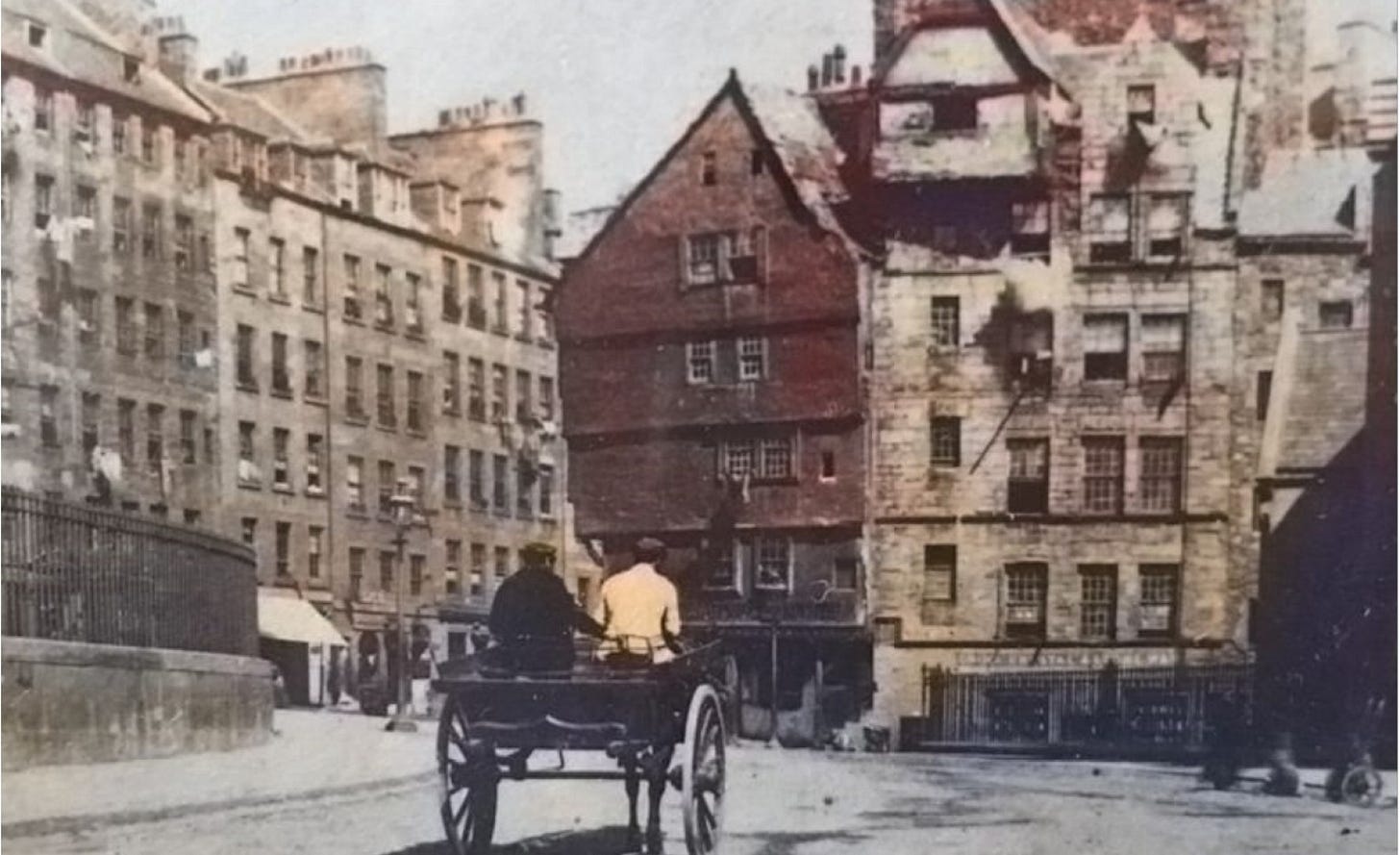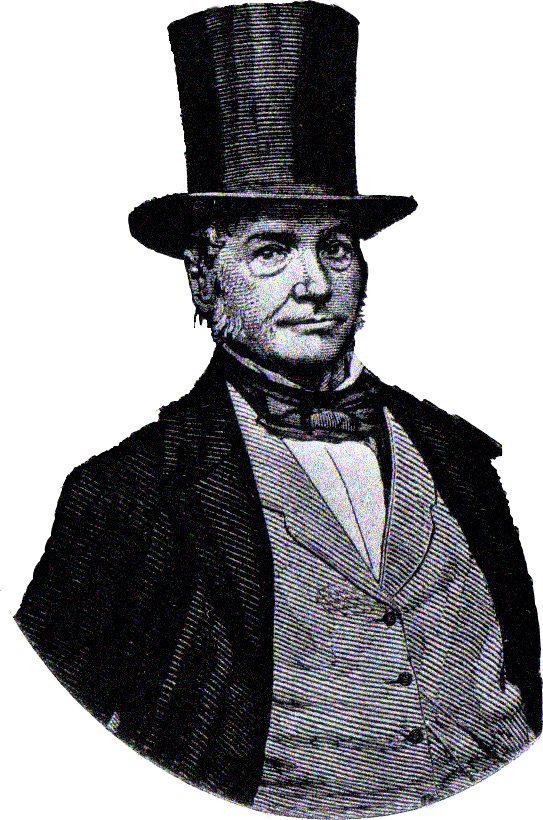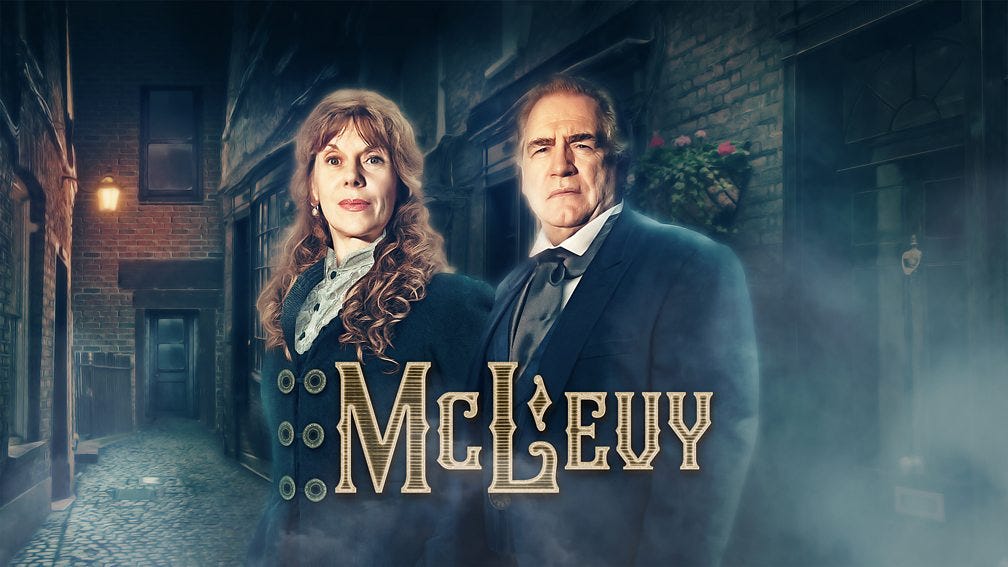The Edinburgh Detective who inspired Sherlock Holmes
150 years since the death of the Capital's legendary "thief-taker" he is still revered by city's police
It was the 6 December in the year 1873. It was a dreich Edinburgh Saturday, little over a fortnight from the shortest, darkest day of the year, and most of the city’s 200,000 souls sheltered indoors if they could.
In Edinburgh, every day was a tale of two cities.
In the New Town, an aspiring 23-year-old writer named Robert Louis Stevenson had just celebrated his first piece of paid writing, published under a pseudonym. His civil engineer father still had aspirations for him in a solid profession, perhaps as a lawyer. Just a few minutes’ walk from their grand family home in Heriot Row, the 12-year-old scion of wealthy distillers, young Douglas Haig, sat in the splendour of his Charlotte Square home, and imagined growing up to command armies and win great victories.
Their families had escaped north across the Mound, leaving behind the “auld toun” of tenements and closes, over the lovely new gardens that had grown from the drained Nor’loch, it’s stench now forgotten, to the magnificent new neo-classical city of light, space and air. It was an age when the world had looked to Scotland and its Capital for Enlightenment, the sunset of a golden time.
In the still largely medieval Old Town, work was ongoing to demolish the worst of the slums to improve public health in narrow streets and dark closes where disease and crime had lived cheek by jowl for centuries. Irish immigrants fleeing famine in their own land lived in the worst of it in the Cowgate. But gradually, with Victorian efficiency, improvements were being wrought. Still, overcrowding was the norm, squalor was still evident. Whisky was a shilling a pint. For many, poverty lived here.
CRIMINAL OFFICER 01, JAMES McLEVY
To the south of the Old Town, at his home in South Richmond Street near the Pleasance, a police officer named James McLevy died, 43 years after he first pounded a beat and 40 after he had become Edinburgh Police Criminal Officer 01 – more widely known as Edinburgh’s first detective. McLevy, once the scourge of Edinburgh criminals with more than 2000 cases solved, had passed quietly from the earth at the ripe age of 77.
But his legend was to live on, in no small part due to his own colourful collection of the stories of his cases contained in two books that had sold well and made him the most famous policeman in Britain.
Arthur Conan Doyle grew up in Edinburgh hearing and reading of McLevy, who consulted closely with the city’s flowering forensic medical professionals, maybe even coming across the pioneering Joseph Bell, and many believe it is elementary to deduce that Bell and Edinburgh’s Detective number 1 helped provide the inspiration for Sherlock Holmes.
Wednesday will mark the 150th anniversary of his death, and still we follow the fortunes and adventures of McLevy – the public through books, and through the prized and popular radio plays written by David Ashton for BBC Scotland (some 12 series) and starring no less than film and stage star Brian Cox as McLevy.
INSPIRED POLICE TROPHY
And his memory is honoured still by today’s police officers. Detective Superintendent John McGowan, formerly deputy head of CID at Lothian and Borders Police, presented the McLevy Trophy to the force on his retirement some years ago, which is presented for excellence in investigative police work. No mean detective himself, with more than 30 murder investigations under his belt, the police historian and former Super is an admirer of McLevy who figures large in McGowan’s comprehensive dissertation on the history of Edinburgh policing, written for his PhD.
McLevy’s reputation grew through a combination of factors – his hard-working success in solving cases (often involving the recovery of loot for grateful victims) saw his profile soar to the point he was called before Parliament in London to advise on issues around transportation of criminals. His cases made the news, but it was through his own colourful writing, in his retirement publishing books recounting his cases, that he leapt to the forefront of the public imagination. Curiosities of Crime in Edinburgh, appeared in 1861 and sold out fast. His second volume, The Sliding Scale of Life, was a hit too.
Former Detective Superintendent McGowan said: “Much of the chat about McLevy being Edinburgh’s first detective owes more to his warrant number, Criminal Officer 01, and then his books, than to anything else, but there is no doubt he was one of the very earliest investigative criminal officers and that he was extremely successful.”
“Many of the cases in which he was involved are routine – thefts, housebreakings, muggings and the like. Even the murders in which he was involved were largely domestic and without any extraordinary factors. But he knew the city intimately well, he knew all of the crooks and their habits, and it was this deep local knowledge that ensured he was able to resolve so many crimes so quickly.”
“When I retired, I decided to provide the McLevy trophy because the awards that existed at that time were largely for uniformed officers and I thought as a former CID officer that it would be good to leave something behind to recognise good investigative work.”
CURIOUS CASE OF THE £100 NOTE
McLevy was from Ireland, and had travelled to Edinburgh in 1815 as a very young man. He joined the police in 1830, after his builder boss recommended the then labourer to Captain James Stewart, superintendent of Edinburgh police. When he fell ill three years later and proffered, his resignation. Stewart refused and instead promoted him to criminal officer because, as was written at the time, “For a thief or robber to be ferreted out or pursued by M’Levy was held equal to his being caught.”
He was medium height and wore a tall hat with a brim. He had quick, dark eyes which he used sharply. In his books, McLevy talks with something approaching affection for many of his lawbreakers, describing them as “my bairns”, and in particular a woman he refers to as “the very well-known Jean Brash”.
Jean was a prostitute and madam, not above a little blackmail and theft. McLevy, known to be “fond” of Jean, recounts a tale in which a client had called the police after a £100 note – a fortune – had gone missing from his possession. Police called to the scene searched both Jean and her property, by using a candle provided by Jean and secured into its holder by some rolled up paper. They found nothing, and McLevy tells us that when they left she snuffed the candle, unfurled the paper, and pocketed the £100 note
In another case, called The Dead Child’s Leg, McLevy tells with compassion of the mutilation and disposal of a baby’s body after a still birth.
A website in his memory James McLevy – Edinburgh's First Detective tells us: “The Police Act of 1805 standardised the running of police forces to patrol Scotland’s burghs and led to the creation of a professional force in Edinburgh.
“Previously, retired soldiers formed the town guard and continued to do so until 1817 when they were disbanded. The High Constables of Scotland were also charged with protecting the peace, patrolling Edinburgh’s streets in times of disorder and attending ceremonial duties to protect the king. They continue to exist as an organisation until today undertaking ceremonial duties.”
“The surprising thing about policemen in the 19th century is that they were responsible for street pavement repairs and street lights as well as catching criminals. The police force was run by a board of commissioners independent of the council and in 1831 Edinburgh a town of 100,000 there were 312 policemen. The police model in Edinburgh followed a Parisian style until William Haining was appointed superintendent of the Edinburgh police.”
“In 1843 the Edinburgh police force was reorganised by Superintendent Haining assisted by another London officer called W F N Smith moved from Greenwich and at that point, Edinburgh moved to an English style of policing.”
Playwright and actor David Ashton has told how he discovered McLevy: "I was doing research for a television play about Conan Doyle and came across a passing mention of James McLevy…”
"I asked at the British Library and after what seemed like a couple of hours this book appeared, a sorry looking thing, falling to pieces and tied up with a piece of dingy ribbon. I opened it up and it was like entering another world. Here was this person with this wild humour which I liked, a kind of grandiose quality, someone who really fancied himself as a philosopher with a big character.”
"He was known as 'Jamie McLevy, the thief taker' and this idea of him being so proud of what he was doing struck me. I saw the kernel of a character."
The “McLevy” radio plays he wrote proved enormously popular, with Cox in the lead role and Siobhan Redmond as Jean Brash. Ashton himself played the role of Lieutenant Robert Roach, while Michael Perceval-Maxwell played McLevy’s long-term police partner, Mulholland.
McLevy lived with his sister, Mary, and his niece Mary Rodgers. He is buried in the prestigious Canongate Cemetery on Edinburgh’s Royal Mile with luminaries such as Adam Smith, Robert Fergusson and William Fettes. The marker was wooden and has long since disappeared but the location of the grave has been recorded.
He left us with one mystery, as yet unsolved. Mary Rodgers registered both deaths; the sister in 1870 and McLevy himself in 1873 before she herself passed away in 1895. With no surviving family nor registered will it is unknown what became of the book proceeds. Perhaps they remain hidden, in some wall in the Old Town, in a spot once used by those McLevy brought to book.





